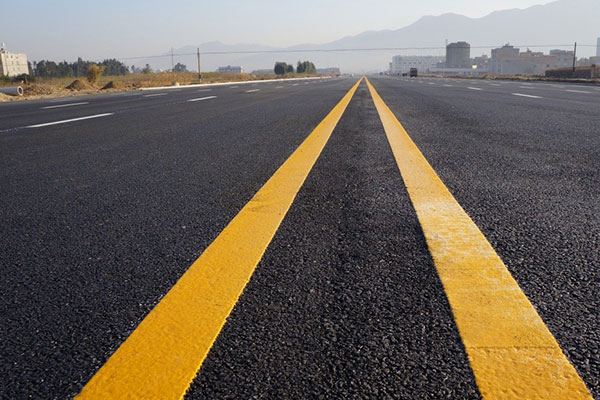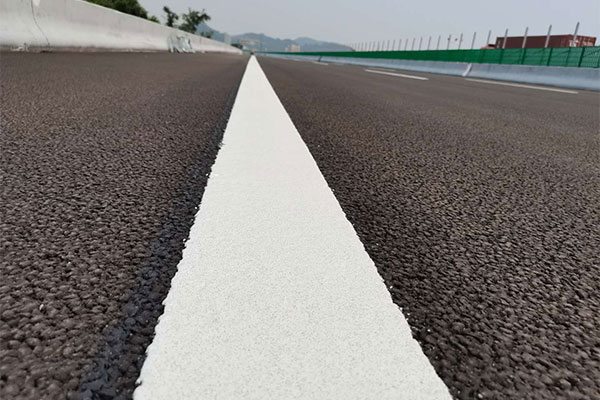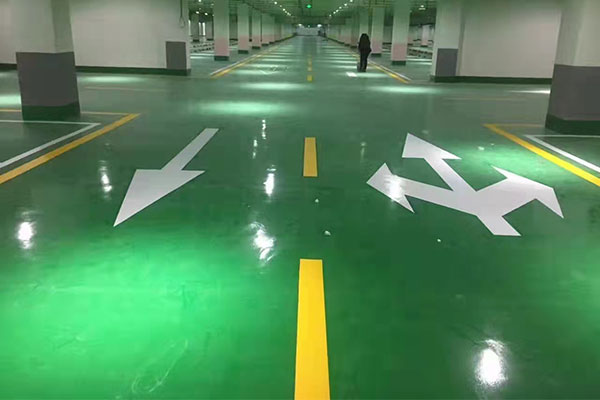Enhancing Safety and Aesthetics with Road Surface Marking Paint
In the world of road safety and traffic management, one often-overlooked hero plays a crucial role in keeping our streets organized and secure – road surface marking paint. These seemingly simple lines and symbols on the pavement contribute significantly to ensuring smooth traffic flow, preventing accidents, and enhancing the overall aesthetics of our roadways.

The Importance of Road Surface Marking Paint:
1. Safety First:
Road surface marking paint serves as a visual guide for drivers, pedestrians, and cyclists, helping them navigate roads safely. Clear and well-maintained markings reduce the risk of accidents, ensuring that everyone on the road is aware of traffic rules and regulations.
2. Traffic Organization:
Imagine a road without any markings – chaos would ensue. Road surface marking paint provides clear instructions on lanes, pedestrian crossings, and other important elements, making it easier for everyone to stay in their designated areas and follow traffic rules.
3. Nighttime Visibility:
The reflective properties of many modern road marking paints enhance visibility during low-light conditions and at night. This is especially crucial for preventing accidents and ensuring that drivers can navigate safely even when natural lighting is limited.
Types of Road Surface Marking Paint:



Thermoplastic Paint:
This type of paint is known for its durability and longevity. Applied in a molten state, thermoplastic paint creates a strong bond with the road surface, ensuring resistance to wear and tear caused by traffic and weather conditions.
Water-Based Paint:
Environmentally friendly and easy to apply, water-based road marking paint is a popular choice. It is known for its quick drying time and low environmental impact, making it a sustainable option for road authorities.
Epoxy Paint:
Epoxy-based road marking paint provides excellent adhesion to various surfaces, making it suitable for both concrete and asphalt roads. Its resistance to chemicals and abrasion ensures a long-lasting and vibrant appearance.
The Future of Road Surface Marking:
In recent years, technology has begun to play a role in the evolution of road surface marking. Smart road markings embedded with sensors and LEDs are being developed to provide real-time information to drivers, alerting them to changing road conditions and potential hazards.
Conclusion:
Road surface marking paint may seem like a simple aspect of our roads, but its impact on safety and traffic management is undeniable. As technology advances, we can expect further innovations in road marking materials, contributing to even safer and more efficient roadways. Whether it’s the classic white lines designating lanes or the reflective symbols guiding us at night, road surface marking paint is a silent guardian, ensuring that our journeys are not only smooth but also secure.

